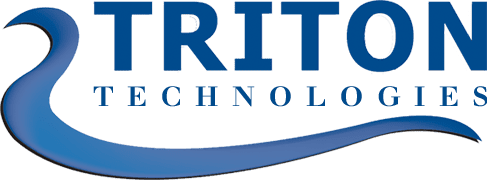Unless you are a Silicon Valley unicorn, smaller institutions, especially newer ones, usually face serious limitations to accessing the funds to finance significant capex investments. This can be a particular problem with the IT hardware necessary for the growth of the school as well as for backup and redundancy.
Today we’re talking about two areas where hardware requirements create problems and what can be done about them.
- Hardware is tiered. One of the frustrations about scaling up to meet student or administrative demand is that hardware can’t be scaled up in a smooth line. Instead, you have to add new hardware in discrete increments. If you were to graph it, it would look like a set of stairs. For example, if your server can handle a maximum of 200 students, when you get student number 201 you have to buy an additional piece of hardware and space for 199 students will now be sitting empty. This can force small practices to limit growth, which limits the revenues necessary to fund these capex projects.
- Disaster recovery plans require redundant hardware. Things can go wrong and hardware can fail. Consequently, it is necessary to have redundant hardware available in case of some kind of disaster. This is particularly true because if any part of your IT infrastructure fails, it could mean serious downtime. The problem is that redundant hardware is a drain on capital funds small firms usually just don’t have.
Discover Our Compliance Management Solutions
Worcester’s Leading Provider of Compliance Services
Explore our Managed Service Offerings
Worcester’s Top Managed Service Provider
Discover our IT Solutions for Your Industry
Worcester’s Top Managed Service Provider



